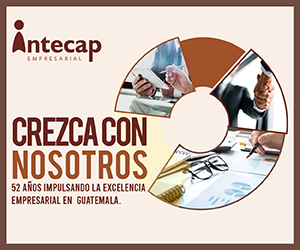The Trump administration changed the rules for Americans traveling to Cuba in June, but it did not close down tourism.
1. You can still go
The American government, as part of its ongoing economic embargo of Cuba’s socialist government, announced in June new rules for Americans traveling to Cuba, which included a ban on cruise ships. It also eliminated one of the 12 categories under which travel to the island has been allowed, the educational and cultural trips known as “people to people” trips. However, Americans can still visit the island under the “support for Cuban people” category, either independently or on an accompanied tour. That category requires you to spend money at Cuban-owned businesses throughout your trip, something you are certain to do, even without trying.
2. You can get your tourist card at the airport
The process is simple. Most commonly, when you buy a plane ticket, the airline will ask you to select the reason for your visit (for most people, “support for the Cuban people”). Arriving at the airport, you’ll go through customs to your gate, as you would for any other international flight. At your gate, there will be a booth where you can purchase your tourist card, the equivalent of a visa. The fee will depend on which airline you fly. (Some tourist cards can be bought earlier and delivered online or through the mail.)
3. Some hotels are restricted
Americans are not supposed to stay in hotels owned by the Cuban military, which is most of the big hotels. But Cuba has a thriving Airbnb industry, where the money goes to the local homeowner, which is allowed. It is best to book and pay for your lodgings from the United States.
4. You need to bring a lot of cash
United States dollars are not accepted in Cuba. There are no A.T.M.s in Cuba that accept American-issued cards, and almost no businesses anywhere on the island accept United States credit cards (much less a debit card or a check). That means that you need to bring all of the cash you think you will spend during your trip. Enough for every meal, tour, taxi, tip and bottle of rum.
If you run out of cash, you have one emergency option: you can have someone wire you money via Western Union. The catch is that it must be wired to a Cuban citizen, who must pick up the money at a Western Union for you in person. Although you can get the cash within an hour in many locations, when you consider the effort involved and the fee, which can be significant, this should be a last resort.
5. Don’t forget to factor in the exchange rate fee
When United States visitors exchange dollars they are hit with a fee of at least 10 percent. Carriers of Canadian dollars and euros are not charged the same fee. So don’t forget to add 10 percent to your spending calculations. Or you can exchange dollars for euros or Canadian dollars while still in America, but bank fees may eat up any savings.
6. There are two currencies in Cuba
Cuban nationals use the Cuban Peso Nacional (CUP), or, more commonly, “moneda nacional,” and prices in stores and restaurants that locals use are posted in CUP. Visitors and the businesses they frequent use Cuban Convertible Peso (CUC), more commonly called “pesos.” One CUC equals $1, which is very handy for visitors trying to understand the cost of things.
7. You already have Cuban health insurance
In major cities there is usually a Clinica Internacional set up to treat visitors. Built into the price of every airline ticket is a $25 fee that pays for Cuban health insurance while you are on the island. Keep a printed copy of your ticket with you (or a digital one on your phone) to show the clinic if you end up needing to go to one. (https://www.nytimes.com/2019/09/30/travel/us-cuba-travel.html)





































